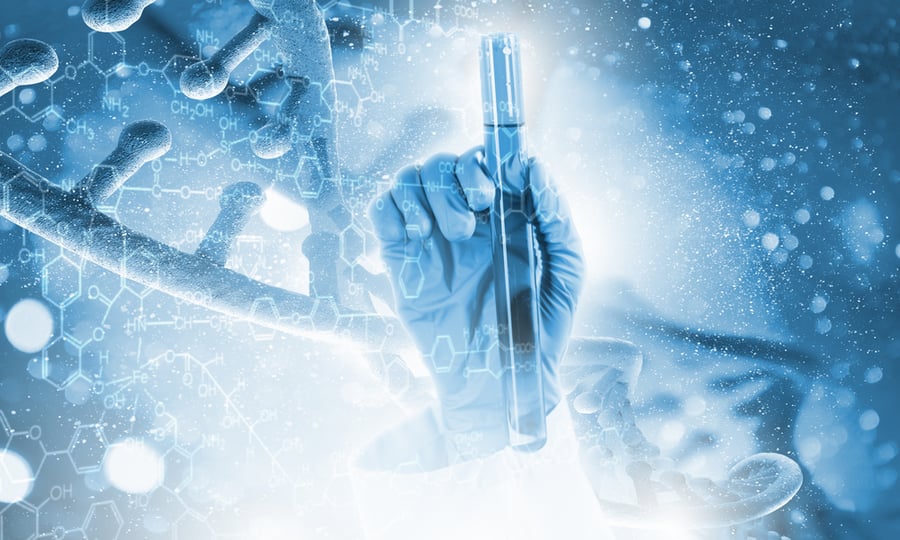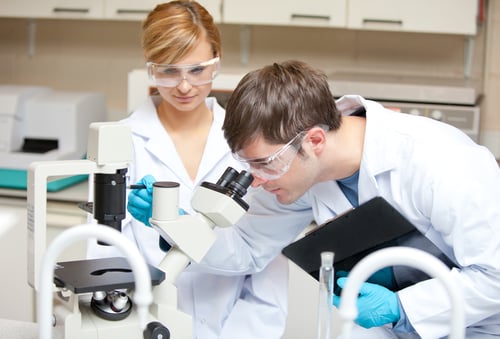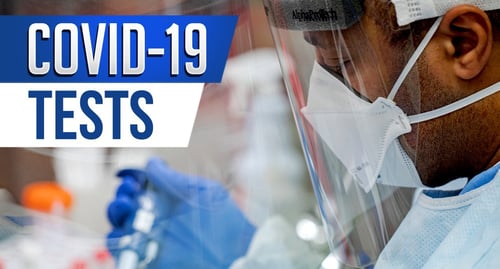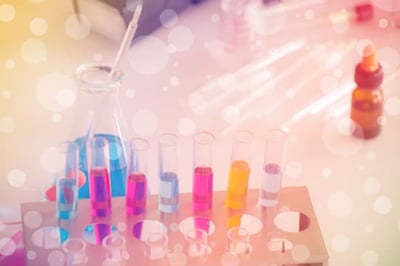

Beyond COVID: What Can Molecular Diagnostics Tests Be Used For?
The nature of medicine is that in times of crisis, innovation flourishes, which is certainly the case with molecular diagnostics since the coronavirus pandemic started.
“Molecular testing has been launched into the stratosphere because of the COVID-19 pandemic,” writes Jen A. Miller in Clinical Laboratory News. “Clinical laboratories around the world have invested billions of dollars not only in test kits for SARS-CoV-2, but in new instruments, staff, and other resources to support the enormous volume of testing required.”
Molecular diagnostics, also called molecular pathology according to Yale Medicine, involves taking DNA or RNA, the unique genetic code found in our cells, and analyzing the sequences for red flags that can pinpoint the potential emergence of a specific disease such as COVID-19.
Molecular Tests: The Gold Standard of COVID-19 Testing
The polymerase chain reaction (PCR) test for COVID-19, according to the Cleveland Clinic, is a molecular test that analyzes your upper respiratory specimen, looking for genetic material (ribonucleic acid or RNA) of SARS-CoV-2, the virus that causes COVID-19.
Scientists use the PCR technology to amplify small amounts of RNA from specimens into deoxyribonucleic acid (DNA), which is replicated until SARS-CoV-2 is detectable if present.
“The PCR test has been the gold standard test for diagnosing COVID-19 since authorized for use in February 2020. It’s accurate and reliable,” says the Cleveland Clinic.
These molecular tests are also referred to as nucleic acid amplification tests (NAAT), according to the Johns Hopkins Center for Health Security.
Molecular Diagnostics Can Detect Very Low Levels of Virus
Molecular diagnostics for COVID-19 begins by taking a sample from a patient’s nose or mouth, where the virus might be found.
“If SARS-CoV-2 is present in the sample, then even low levels of virus genomic material can be amplified into millions of copies detected during a molecular diagnostic assay,” says Johns Hopkins. “If a person is infected, the viral RNA will be detected and produce a positive test result; if a person is not infected, no viral RNA will be copied or detected, which will produce a negative test result. Amplification of viral genomic material allows for even small amounts of virus to be detected.”
The categories of COVID-19 molecular tests include:
- Real-time reverse transcriptase quantitative polymerase chain reaction (rRT-qPCR)
- Reverse transcription loop-mediated isothermal amplification (RT-LAMP)
- Recombinase polymerase amplification (RPA)
- CRISPR-based diagnostics
Clinical chemistry has risen to the challenge with the Johns Hopkins Center for Heath Security listing more than 150 commercial molecular tests with FDA emergency use authorization (EAU) status as of March 30, 2022, and nearly another 150 laboratory-developed tests with EAU status for COVID-19.
Focus on Molecular Diagnostics Extends Beyond COVID-19
While COVID-19 grabs the headlines, molecular diagnostics has the capability to do so much more and before the pandemic was quietly expanding.
"When I came to the laboratory medicine department in 1992, there were just a few molecular diagnostic tests," John Howe, PHD, director of molecular diagnostics laboratory at Yale School of Medicine says. "But now there are molecular tests in most of the areas of pathology."
Laboratories that have expanded their molecular diagnostics footprint in response to the COVID crisis will be looking to take the next step to utilize these valuable tools.
“The new focus on molecular capability also has spurred innovation, as laboratorians determine what other areas could benefit from a molecular testing capacity boost, while also figuring out what to do with instruments bought to satisfy the demands of peak pandemic testing,” writes Miller.
Howe says that the four areas of molecular diagnostics at Yale Medicine include:
- Infectious diseases (including microbiology and virology)
- Hematopathology
- Genetics
- Solid tumor
“The pandemic has brought knowledge of advanced, high complexity testing into everyday life. Now people outside medicine talk about PCR testing like it’s something everyone should understand,” Esther Babady, PhD, chief of clinical microbiology service at Memorial Sloan Kettering, told Clinical Laboratory News. “This awareness has opened up a future for performing more testing, particularly infectious disease testing, at home. Before the pandemic, it would have blown my mind that in some cases molecular testing would be simplified to the point that a layperson could do it at home.”
Examples of Common Molecular Diagnostics Tests
"We are at the beginning stages of understanding what those changes to the DNA sequence that indicate disease mean and why they occurred,” Howe says. “We have all this additional information, and now we need to figure out what to do with it – how to best use and apply this new knowledge.”
Research scientists are using this vast new amount of information to try and focus more deeply on understanding various diseases. "The more we truly understand about diseases, the more refined a diagnosis and treatment can become,” Howe says.
Examples of Common Molecular Diagnostics Tests include:
- Tests can also be done to determine whether a person has become resistant to a specific drug and needs to change course in a treatment regimen.
- Acquired gene mutations can be tested for in some cases, such as for chronic myeloid leukemia (CML). A patient can then start therapy as soon as possible.
- Molecular tests can investigate for specific inherited mutations in the BRCA1 and BRCA2 genes, which may increase the patient’s risk of breast and ovarian cancer.
- Inherited diseases can be tested for at the prenatal, newborn, and adult stages of life. If a newborn is found to have two mutations in the gene associated with cystic fibrosis (CF), for example, they baby is most likely to have the condition and can be treated for the disease.
Patients Will Benefit from Molecular Diagnostics
Babady says the ultimate winner with molecular diagnostics will be the patients.
“One of the ways this is going to improve patient care is related to the fact that we now have molecular at-home testing, which means that we can make it faster in clinical point-of-care settings, too,” said Babady to Clinical Laboratory News.
Prior to the pandemic, the standard for molecular testing was a 24-to-48 hour turnaround time. Now there are rapid moderately complex molecular testing platforms for the laboratory with turnaround times as little as one hour.
“During the pandemic, we’ve taken the leap to frequent use of point-of-care molecular testing, even in clinics or for patients presenting in the emergency department,” said Babady to Clinical Laboratory News. “I expect we’re going to be seeing a lot more tests on the menu of point-of-care molecular platforms. They’re more sensitive than antigen tests, and point-of-care testing avoids sending some of the more routine testing back to the laboratory.”
Babady says the next generation of molecular tests are already hitting the market including:
- Assays focused on flu and respiratory syncytial virus
- Assays for streptococcal pharyngitis
- Molecular tests for some sexually transmitted diseases, that can be done from the privacy of home
Subscribe to email updates
Related Articles

Topics

Topics

Topics



